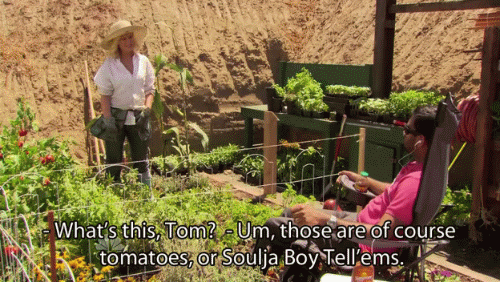Video
Devprayag, Uttarakhand, India
Green colour is Bhagirathi come from Gaumukh/Gangotri & Brown is of Alaknanda come from Badarinath.
Devprayag (Deva prayāga) is a town and a nagar panchayat (municipality) in Tehri Garhwal district in the state of Uttarakhand, India, and is one of the Panch Prayag (five confluences) of Alaknanda River where Alaknanda and Bhagirathi rivers meet and take the name Ganga.
(via Twitter: Senthil Andavan @NatarajaMurthi)
106 notes
·
View notes
Photo


Antique Alchemical Illustration by Michael Maier, 1617.
2K notes
·
View notes
Photo

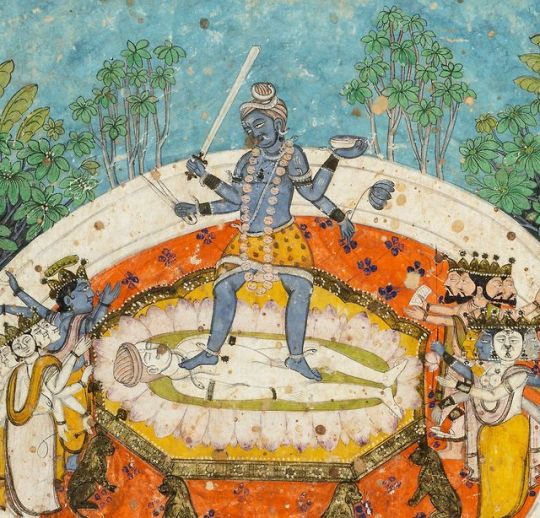
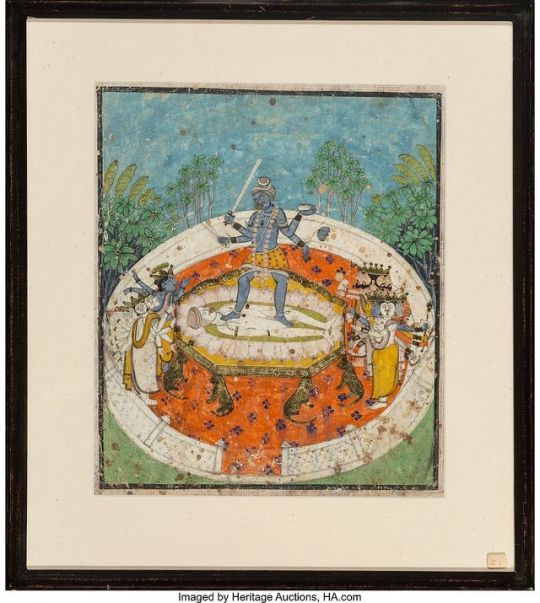
Mahavidya Goddess Tara
Goddess is Venerated by Brahma, Vishnu, Karikeya and Gayatri.
18th century. An Indian Gouache Folio Illustration. (via Heritage Auctions)
51 notes
·
View notes
Photo
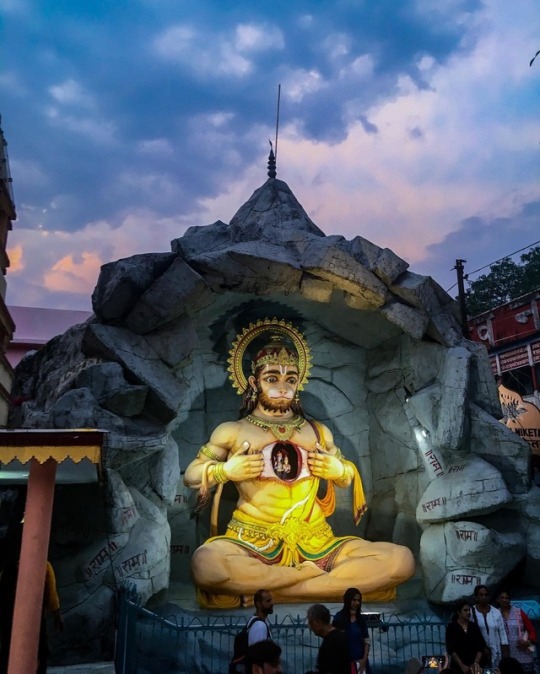
Lord Hanuman tore off his chest to show Sita-Ram
Parmarth Niketan Ashram, Rishikesh, India (via Instagram: ganesha_spring)
92 notes
·
View notes
Video
Khajuraho Group of Monuments, Madhya Pradesh, India
The Khajuraho Group of Monuments is home to some of the finest temple art ever seen, justifying its UNESCO World Heritage Site status.
(via Twitter: NatGeoTravellerIndia)
43 notes
·
View notes
Photo
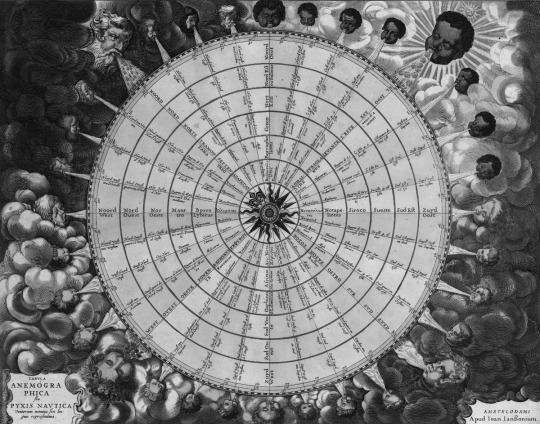
Johannes Jansson - Tabula Anemographica seu Pyxis Nautica Ventorum Nomina Sex Linguis Repraesentans, 1650.
Wind chart engraving, surrounded by wind heads and with the compass divided into 32 parts and text in six languages. The wind heads are arranged in successive ages from young to old, and four large heads, blowing winds on the compass and seasons. The corners are decorated with large allegorical representations of the four seasons.
371 notes
·
View notes
Photo

Pashupatinath Temple, Kathmandu Nepal
(via Instagram: hc_travel_aroundtheworld)
64 notes
·
View notes
Photo
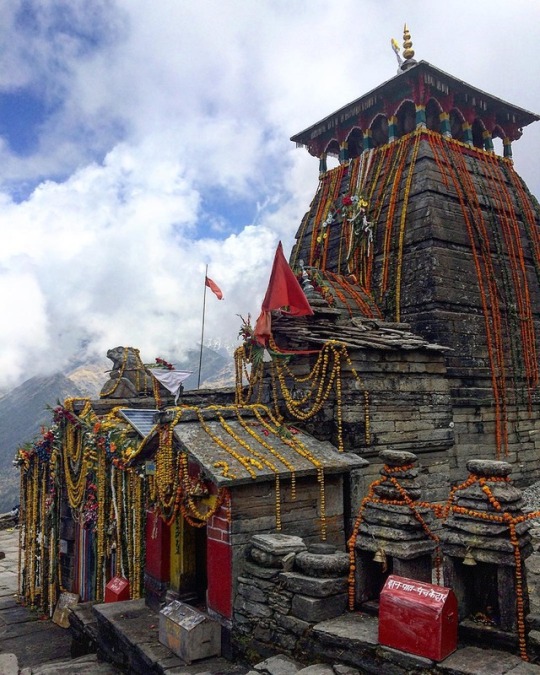

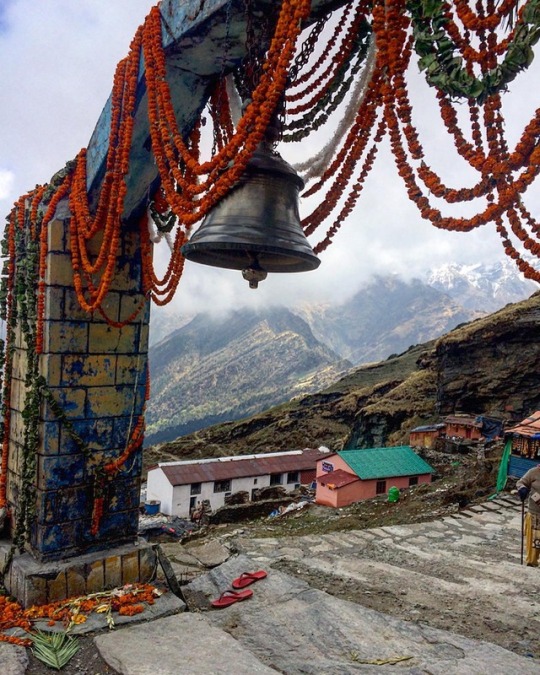
Tungnath Temple, Uttarakhand, India
The highest Shiva temple in the world. Har Har Mahadev🙏
(via Instagram: Lara Burmi)
284 notes
·
View notes
Photo



Vibrate a pool of water and above a critical frequency, a pattern of standing waves will form on the surface. These are known as Faraday waves after Michael Faraday, who studied the phenomenon in the early half of the nineteenth century. The kaleidoscopic view of them you see here comes from photographer Linden Gledhill, who used a high-speed camera and an LED ring light reflecting off the water to capture the changing motions of the waves. The wave patterns oscillate at half the frequency of the driving vibration, and, as the driving frequency changes, the wave patterns shift dramatically. Higher frequencies create more complicated patterns. (Image and video credit: L. Gledhill)
youtube
1K notes
·
View notes
Photo
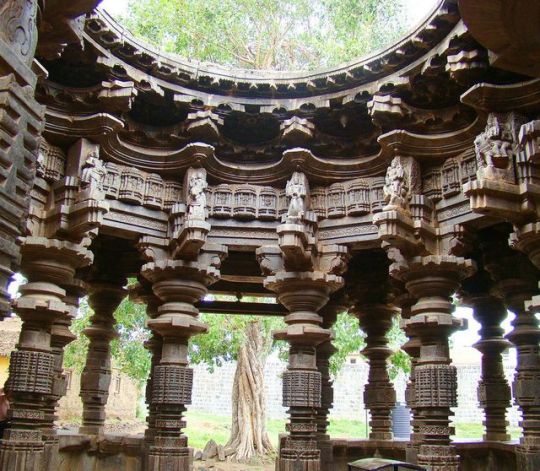

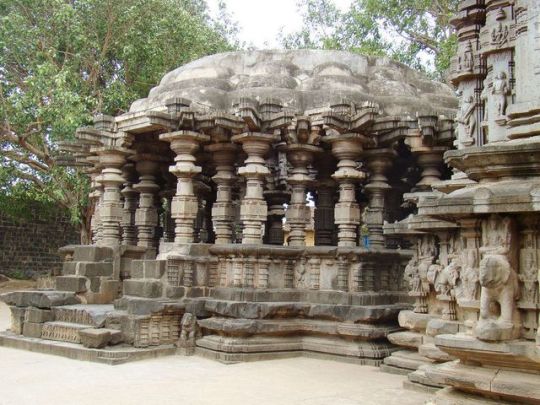
The Kopeshwar (shiva) Temple, Khidrapur
A view of the Vestibule. Khidrapur, Kolhapur district, Maharashtra.
(via Flickr: Rahul Kinikar)
243 notes
·
View notes
Photo
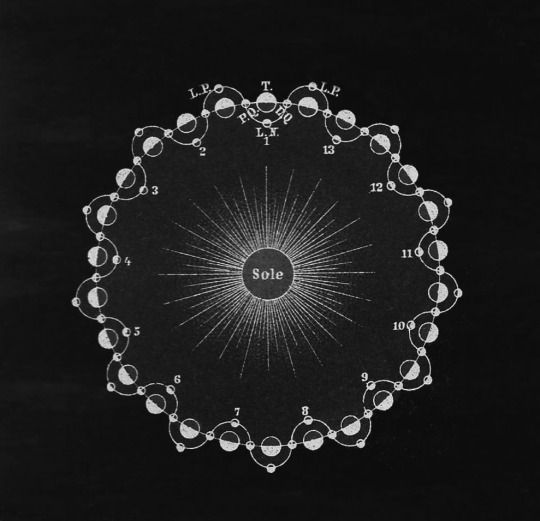
Path of the Moon around the Sun, 19th century.
4K notes
·
View notes
Photo
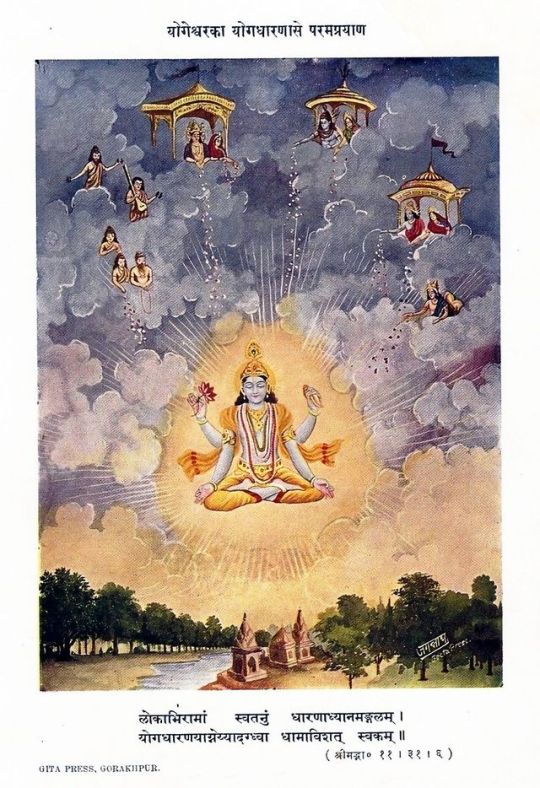
Krishna - Yogeshwar
Vintage Gita Press Hindu print (via ebay: alphaomegaphilately)
56 notes
·
View notes
Video
youtube
One of the great challenges in fluid dynamics is understanding how order gives way to chaos. Initially smooth and laminar flows often become disordered and turbulent. This video explores that transition in a new way using sound. Here’s what’s going on.

The first segment of the video shows a flat surface covered in small particles that can be moved by the flow. Initially, that flow is moving in right to left, then it reverses directions. The main flow continues switching back and forth in direction. This reversal tends to provoke unstable behaviors, like the Tollmien-Schlichting waves called out at 0:53. Typically, these perturbations in the flow start out extremely small and are difficult or even impossible to see by eye. So researchers take photos of the particles you see here and analyze them digitally. In particular, they are looking for subtle patterns in the flow, like a tendency for particles to clump together with a consistent spacing, or wavelength, between them. Normally, researchers would study these patterns using graphs known as spectra, but that’s where this video does something different.
Instead of representing these subtle patterns graphically, the researchers transformed those spectra into sound. They mapped the visual data to four octaves of C-major, which means that you can now hear the turbulence. When the audio track shifts from a pure note to an unsteady warble, you’re hearing the subtle disturbances in the flow, even when they’re too small for your eye to pick out.
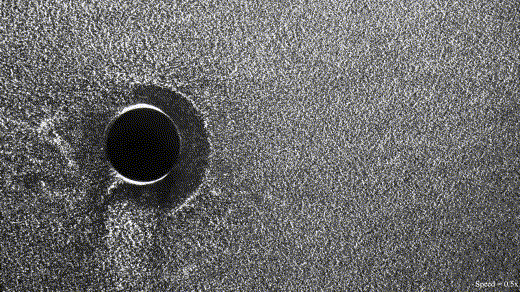
The last part of the video takes this technique and applies it to another flow. We again see a flat plate, but now it has a roughness element, like a tiny hockey puck, stuck to it. As the flow starts, we see and hear vortices form behind the roughness. Then a horseshoe-shaped vortex forms upstream of it. Aside from the area right around the roughness, this flow is still laminar. But then turbulence spreads from upstream, its fingers stretching left until it envelops the roughness element and its wake, making the music waver. (Video and image credit: P. Branson et al.)
243 notes
·
View notes

